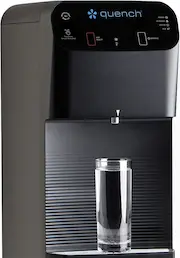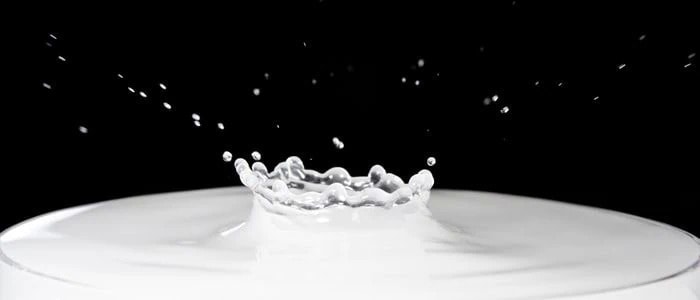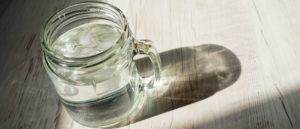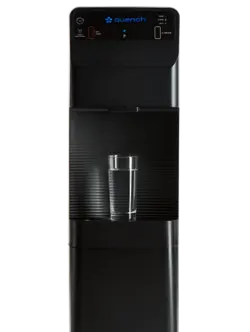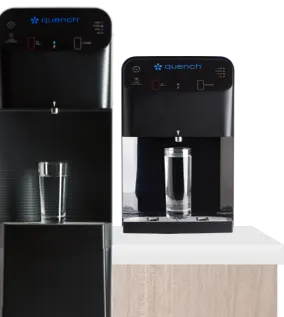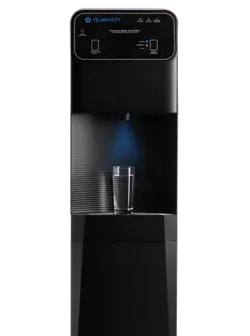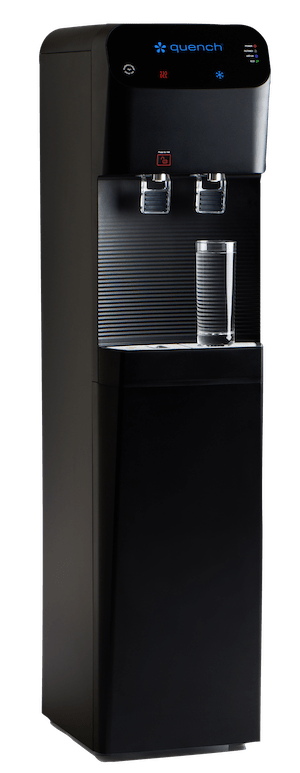Curious about the quality of your tap water? Whether you’ve noticed a milky appearance or simply want to understand potential issues, it’s important to know what’s flowing through your pipes. While milky water may initially raise concerns, understanding its causes and solutions can provide peace of mind.
Read on to explore the common reasons behind milky water and the steps you can take to address it effectively — ensuring your hydration remains crystal clear.
Quick Facts
- Milky water may be a result of air mixing with water due to pipe problems, changes in water pressure, pipe disruptions, or nearby drilling activities stirring up sediment.
- While milky water might cause initial concern, it’s entirely harmless and suitable for drinking or other uses.
- Milky water typically clears up quickly. However, if it persists beyond 24 hours, it’s advisable to reach out to a certified plumber or contact your water supplier for assistance.
- Proactive steps can improve your water quality, from regular maintenance and boiling water to testing water quality and installing filters.
What Causes My Water To Look Milky?
Milky water, also referred to as cloudy or white water, can occur when air mixes with water inside the pipes of your home or the main water supply. This often happens because of a breach in the pipes, which allows extra air to enter. As water and air travel through the pipes toward households, pressure is released when you turn on the tap. This leads to the formation of small air bubbles that create a milky appearance in your water.
All main water supplies contain a small amount of air, but additional air can infiltrate the system through pipe breaks. Under pressure, this air becomes dissolved within the water. However, when you open your tap and relieve the pressure, the air is released — similar to what happens when you open a bottle of carbonated drink.
The term “milky water” can encompass several problems concerning your drinking water. In buildings, tap water comes through plumbing connected to a municipal water source. If there’s a crack in the municipal pipeline supplying your building, whether due to weather or an accident, it can lead to a rupture. This allows air to enter your plumbing system.
Other common causes of milky water include:
- A change in water pressure: Fluctuations in your water pressure can sometimes cause air to become trapped in the water, leading to a milky appearance.
- A disturbance in the water distribution pipes: Any disruption to the water distribution system, such as repairs or maintenance work, can stir up sediment and air, resulting in milky water.
- Sediment from nearby drilling activities: Drilling or construction activities near water sources can disturb sediment, which may find its way into the water supply, causing it to appear milky.
Is Milky Water Safe To Drink or Use?
While milky water may alter the taste, smell, and appearance of your water, you can rest assured that it poses no health risks and is safe for consumption and daily use. However, it’s worth mentioning that milky water may result in a white residue buildup on fixtures. Fortunately, this residue can be easily removed by using vinegar or lemon juice.
It’s also important to note that the presence of air bubbles in milky water doesn’t affect its safety; these bubbles are simply a result of the air mixing with water and aren’t an indication of contamination. What’s more, milky water is unlikely to contain harmful pathogens or chemicals, as municipal water supplies are regularly tested to ensure safety. With this in mind, you can confidently continue using milky water without concerns about its impact on your health.
If cloudy water is considered safe to drink, what are the signs that something more serious might be happening in your water supply? Here are a few issues to watch for that might require intervention:
- Unusual taste: Water with a strange or metallic taste, especially if it persists after boiling, could indicate the presence of heavy metals or other harmful substances.
- Foul odor: If your water has a strong, unpleasant odor — like rotten eggs, fish, or sewage — there might be contamination or other underlying issues that need to be addressed.
- Discoloration: Water that appears yellow, brown, or red may contain rust, sediment, or other contaminants from corroded pipes or environmental pollution.
- Presence of sediment: Visible sediment or particles in your water, particularly if they settle at the bottom of containers, could indicate contamination or deteriorating infrastructure.
- Health symptoms: If you or your family experience unexplained health symptoms like gastrointestinal issues, skin irritation, or respiratory problems after consuming water, it’s critical to investigate potential water quality issues.
- Local contamination events: Local contamination events, such as chemical spills, algal blooms, or infrastructure failures, can impact your water supply. Be sure to keep up with this news and take the appropriate precautions.
What Should You Do?
Since white, milky water typically resolves itself within 24 hours, the situation should improve without intervention. In the meantime, you can:
- Run the taps to help clear the water.
- Check with nearby households to see if they’re experiencing the same issue. If so, contact your water supplier to report the problem.
Although milky water is safe for consumption, it can understandably be a less desirable option for hydration. However, drinking enough water remains crucial for your overall health and well-being. For consistent access to clear water that provides peace of mind and promotes hydration, consider the following strategies:
- Regular maintenance: Consistent upkeep of your plumbing system and water appliances is crucial to safeguarding water quality. Schedule routine inspections to detect and repair leaks, which can introduce contaminants into your water supply. Working with a trusted water service provider, like Quench, provides easy access to a comprehensive service program and preventive maintenance support.
- Boil your water: Boiling water is a simple yet effective method to kill harmful bacteria and pathogens. If you’re unsure about the quality of your tap water or suspect contamination, boiling it for at least one minute can make it safe for consumption.
- Test the water quality: Regularly testing your water quality is essential for detecting any contaminants or irregularities that may compromise its safety. You can use home testing kits or enlist the services of local water experts to analyze your supply. This strategy is an excellent way to spot problems early on, allowing you to address any issues before they worsen.
- Install filters: Investing in high-quality water filters is an effective way to maintain great water quality. At Quench, our quenchWATER+ 5-filter setup uses state-of-the-art filtration technology to produce mineral-infused and electrolyte-enhanced alkaline water. Activated carbon and reverse osmosis (RO) filtration, along with our Mineral+ filter, leaves you with an amazing-tasting electrolyte drink.
Enjoy Clean and Clear Water With Advanced Filtration
For consistently clear drinking water every time you turn on the tap, consider a Quench bottleless water cooler equipped with advanced filtration and sanitization technology. Our advanced filtration systems effectively remove sediments and contaminants, ensuring your water is always clean and safe to drink. Ready for great-tasting water on demand? Get matched with a water filtration system that’s right for your needs or get a free estimate to get started.
